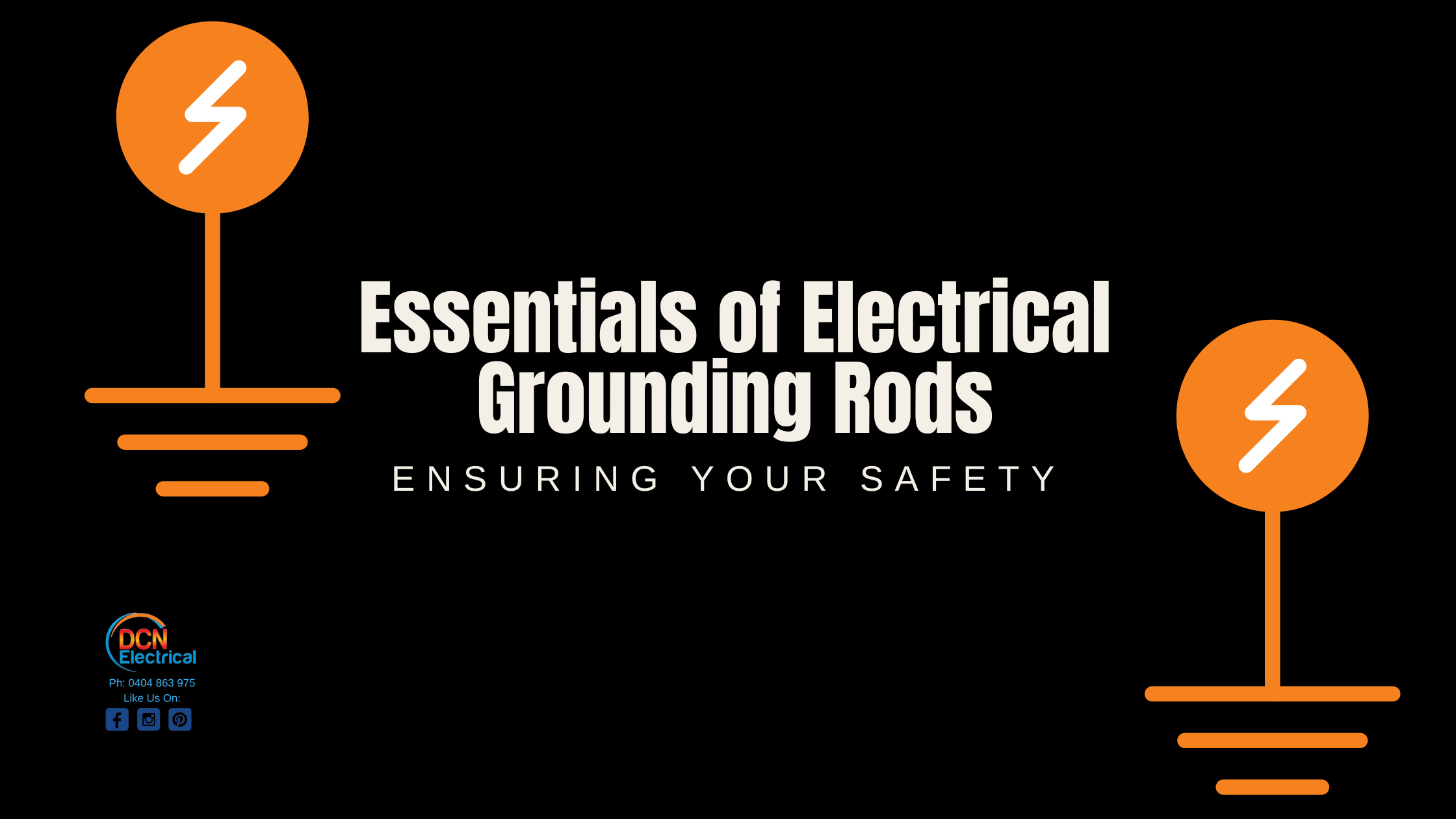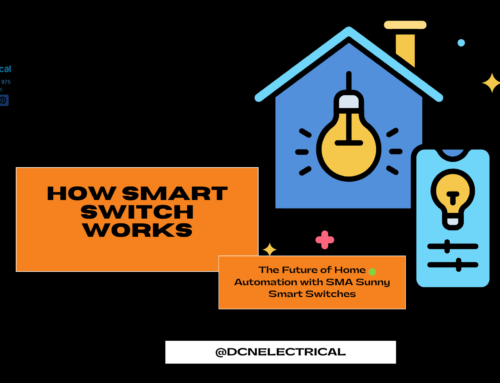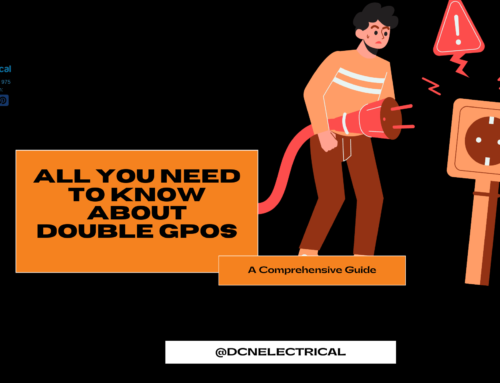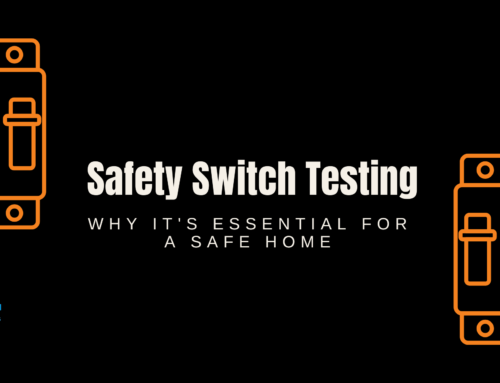Electrical grounding rods play a crucial role in ensuring the safety and proper functioning of electrical systems. By providing a path to the ground, these rods protect both people and equipment from electrical hazards. In this blog post, we will explore the importance, basics, and various types of electrical grounding rods.
The Importance of Electrical Grounding Rods
Electrical grounding is a fundamental aspect of electrical systems. It is designed to prevent electrical shocks, fires, and equipment damage. Without proper grounding, electrical faults and power surges can pose significant risks.
Electrical grounding rods provide a low-resistance path for electrical currents to flow to the ground. They help dissipate excess electrical energy, thereby preventing it from damaging equipment or causing harm to individuals.
Understanding the Basics of Electrical Grounding Rods
To grasp the concept of electrical grounding rods, it’s essential to understand a few key terms:
- Ground: In electrical terms, the ground refers to the Earth or a conductive body that serves as a reference point for electrical potential.
- Grounding: Grounding is the process of connecting electrical circuits or equipment to the Earth to ensure safety and proper functioning.
- Grounding Rod: Also known as an earth rod or ground rod, a grounding rod is a metal rod installed in the ground to establish a low-resistance connection to the Earth.
Types of Electrical Grounding Rods
Several types of grounding rods are commonly used, depending on specific requirements and conditions. The most common types include: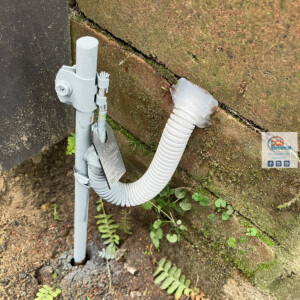
- Copper Rods: Copper is an excellent conductor of electricity, making it an ideal material for grounding rods. Copper rods are highly reliable and offer excellent corrosion resistance.
- Galvanized Steel Rods: Galvanized steel rods are coated with a layer of zinc, providing enhanced protection against corrosion. These rods are more cost-effective than copper rods but may require additional maintenance.
- Copper-Clad Steel Rods: Copper-clad steel rods combine the benefits of both copper and steel. They offer the conductivity of copper with the strength and durability of steel.
Electrical Grounding Rod Requirements
Proper installation and adherence to electrical grounding rod requirements are crucial to ensure effective grounding. Here are some key considerations when installing electrical grounding rods:
How to Install an Electrical Grounding Rod
- Determine the Rod Length: The length of the grounding rod depends on factors such as soil resistivity and the electrical system’s requirements. Typically, a grounding rod should be at least 8 feet long.
- Select the Right Location: Choose a location near the electrical system where the grounding rod will have direct contact with the Earth. Avoid areas with excessive moisture, such as near sprinkler systems.
- Prepare the Grounding Rod: To establish a reliable connection, remove any coatings or paint from the grounding rod’s contact area.
- Drive the Rod into the Ground: Use a grounding rod driver or a hammer to drive the rod vertically into the ground until only a few inches are left above the surface. This ensures a secure and stable installation.
- Connect the Grounding Wire: Attach a grounding wire to the rod using a grounding clamp. The wire should be of appropriate gauge and securely connected to the grounding system. This connection allows the electrical current to flow from the system to the rod and into the ground.
Safety Measures When Installing Electrical Grounding Rods
When installing electrical grounding rods, it’s crucial to prioritise safety. Here are some safety measures to consider:
- Personal Protective Equipment (PPE): Wear appropriate protective gear, including gloves, safety glasses, and boots, to protect against electrical hazards and potential injuries. This ensures your safety while working with electrical systems.
- De-energise the System: Before installing or working on grounding rods, ensure the electrical system is de-energised to prevent electrical shocks. This step eliminates the risk of accidental contact with live wires.
- Inspect for Hazards: Before digging or driving the grounding rod, inspect the area for any buried cables, pipes, or other utilities to avoid damage. This prevents potential accidents and disruptions to other systems.
Common Mistakes to Avoid When Installing Electrical Grounding Rods
To ensure the effectiveness of electrical grounding rods, it’s important to avoid common mistakes such as:
- DIY Installation: It is illegal in Australia to do your own electrical work, including installing an electrical grounding rod. Doing so can impact your insurance or welfare of yourself, friends, or family. You must use a licensed electrician like DCN Electrical.
- Insufficient Rod Length: Using an inadequate rod length can result in poor grounding, especially in areas with high soil resistivity. Ensure the rod is long enough to establish a proper connection with the Earth. This ensures the efficient dissipation of electrical energy.
- Improper Rod Material: Using the wrong material for the grounding rod can lead to corrosion, which reduces its effectiveness. Select a rod material suitable for the specific environment and conditions. This ensures the longevity and reliability of the grounding system.
- Inadequate Connection: A loose or poorly connected grounding wire can compromise the effectiveness of the grounding system. Always ensure a secure and tight connection between the wire and the grounding rod. This guarantees the efficient flow of electrical current.
Conclusion: Ensuring Safety with Electrical Grounding Rods
Electrical grounding rods are essential for maintaining electrical safety and protecting both individuals and equipment. By understanding the basics, types, and installation requirements, you can ensure a reliable and effective grounding system.
Remember, proper installation and compliance with regulations are crucial for the safety and reliability of electrical grounding rods. If you’re unsure about any aspect of installation, always consult a professional, such as DCN Electrical, to ensure the job is done correctly.
By prioritising safety and adhering to best practices, you can ensure the longevity and effectiveness of your electrical grounding system, minimising the risks of electrical hazards and equipment damage.

